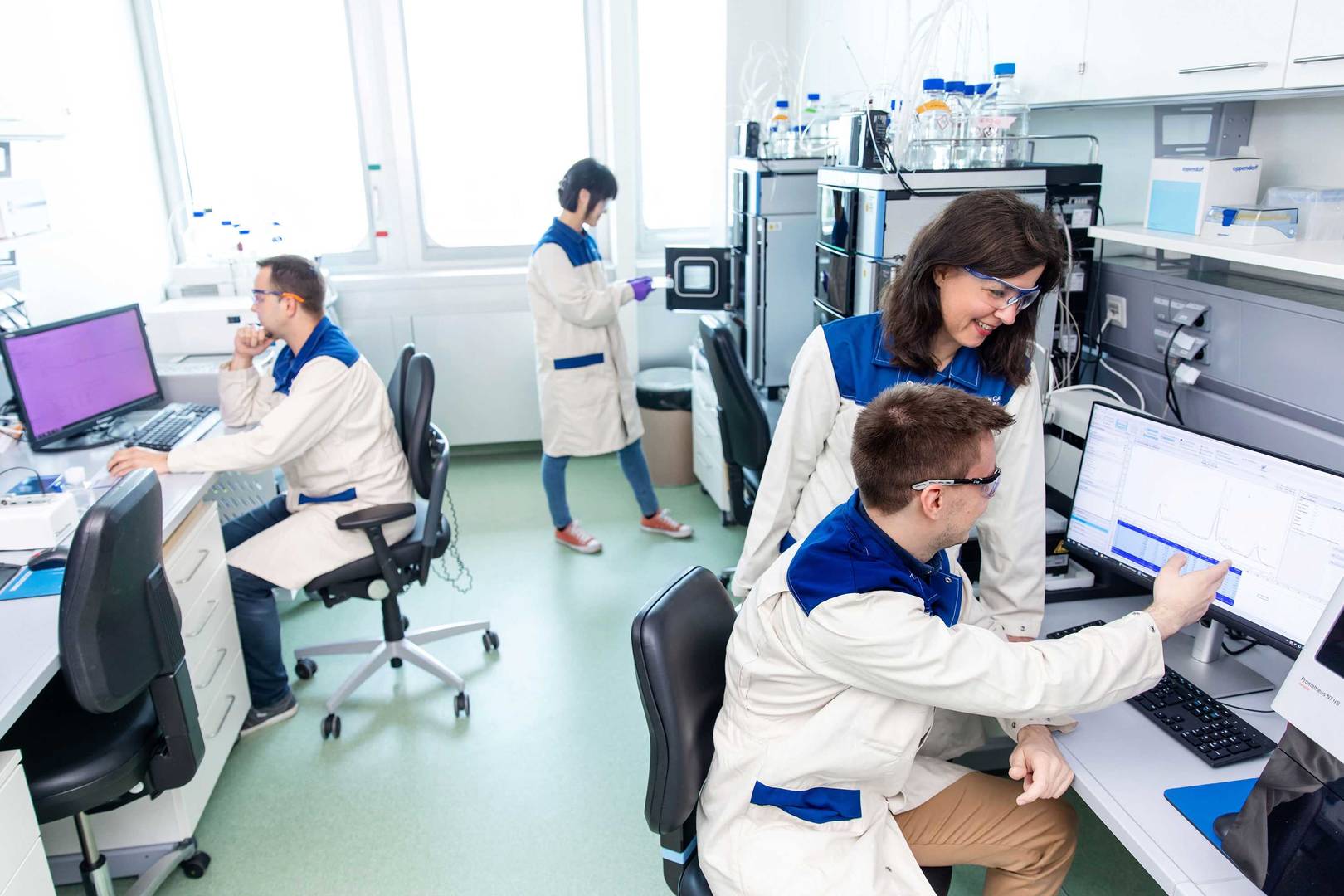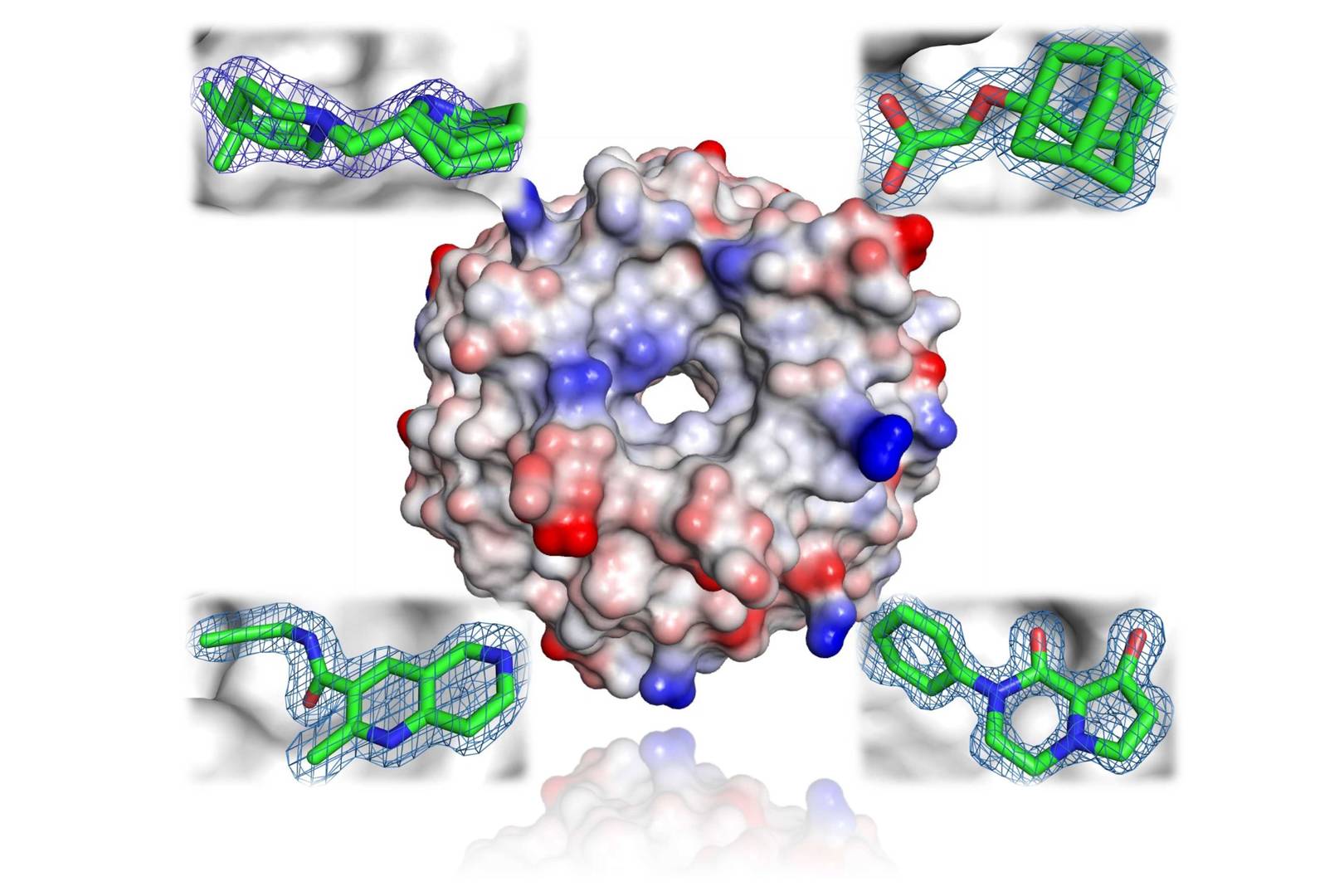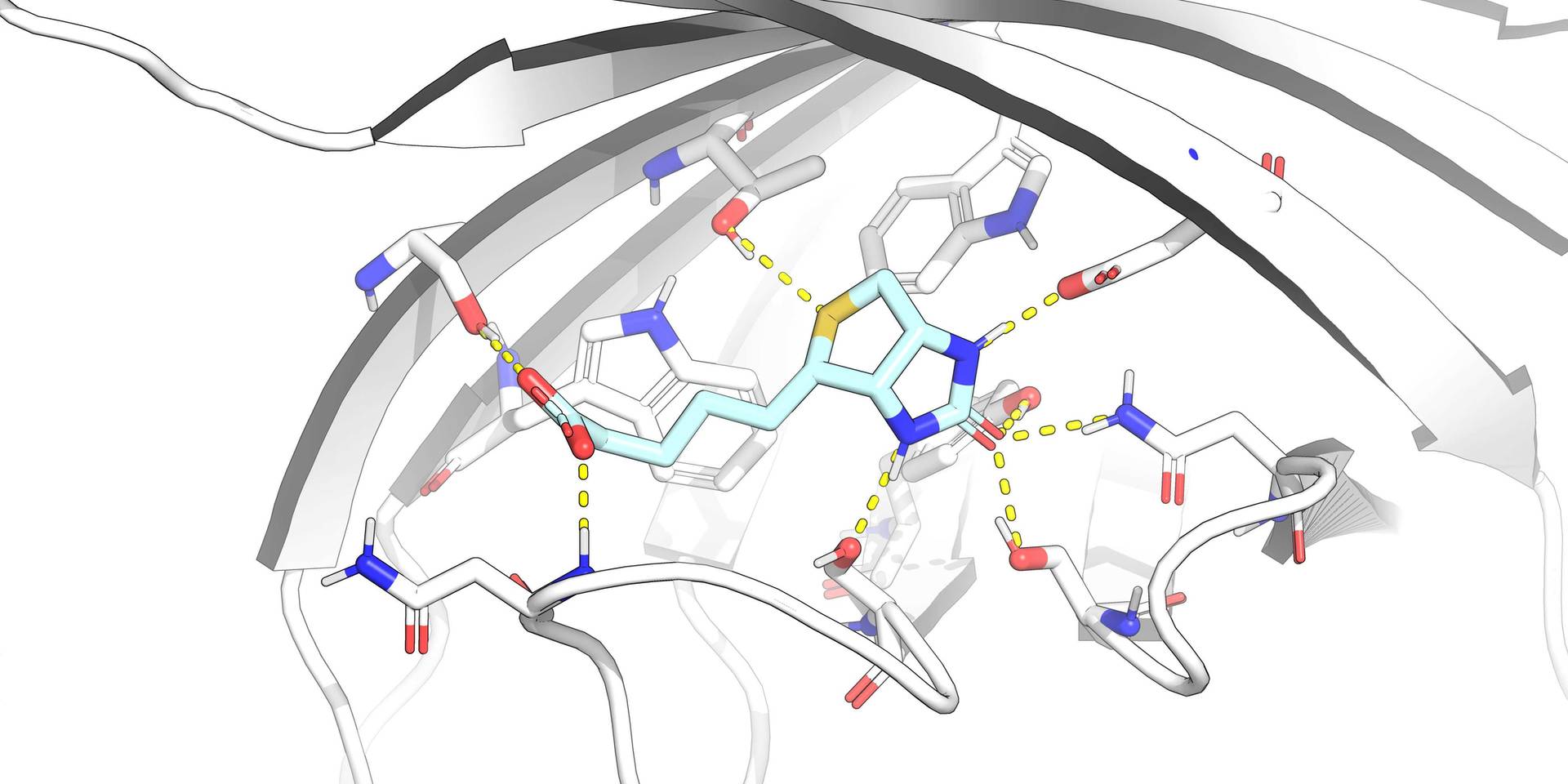We help you accelerate your hit-to-lead and lead-optimisation campaigns by elucidating the 3D molecular binding modes of small-molecule modulators or therapeutic proteins bound to their target proteins. This 3D information provides an experimental understanding of ligand binding, enabling structure-based drug design. Our protein crystallography platform develops high-quality crystallisation systems, enabling timely structural information to support your optimisation programs.


Our protein scientists deliver high-quality soluble and membrane proteins for structural biology characterisation.
learn more

Leverage structural biology data through molecular modeling to accelerate access to improved chemical matter.
learn more